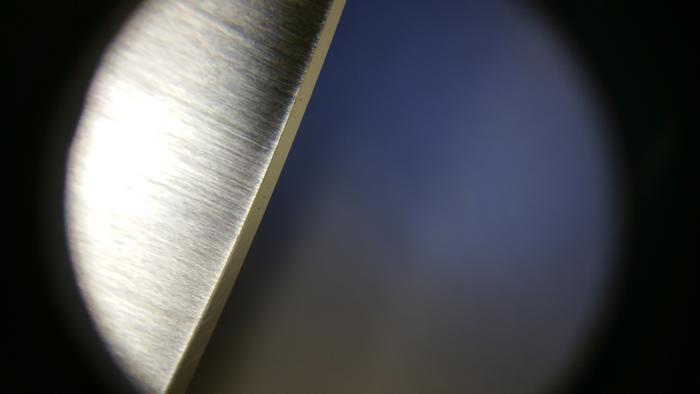Results 21 to 26 of 26
Threaded View
-
03-29-2016, 07:23 PM #1
 Micro holes on modern production razor?
Micro holes on modern production razor?
Hello gents, I have three modern razors that I have honed up to 12k and examined with my led 60X loop and noticed holes some shallow and some deep throughout the blades bevel. I am OCD about wiping the razor down in between each pass, when done shaving I strop on nylon to clean the edge, oil and store in a dry location. I don't have any water spots nor rust throughout the whole razor. So how could the bevel develop holes in the steel without rust like devils spit? What might be some other possibilities? I don't know anything about steel production but could there have been bubbles/air pockets develop while hardening?
Also they don't produce their own steel.
I will not mention the manufacturer because they are working with me I am just looking for additional possibilities while we figure this out.
Thank you
Last edited by dshaves; 03-29-2016 at 11:45 PM.


 12Likes
12Likes LinkBack URL
LinkBack URL About LinkBacks
About LinkBacks






 Reply With Quote
Reply With Quote